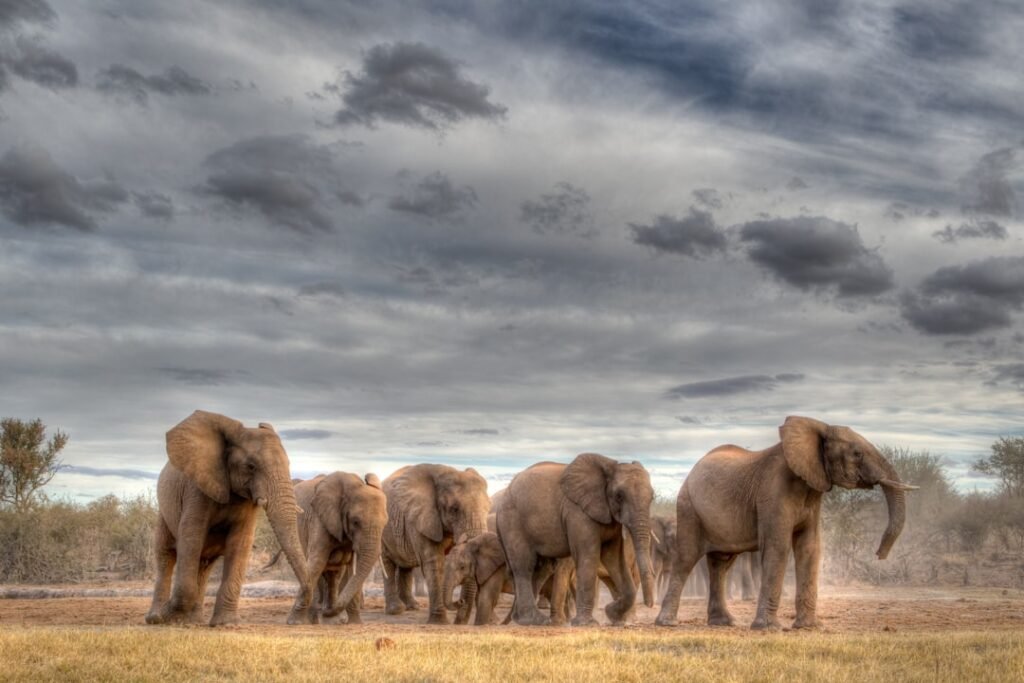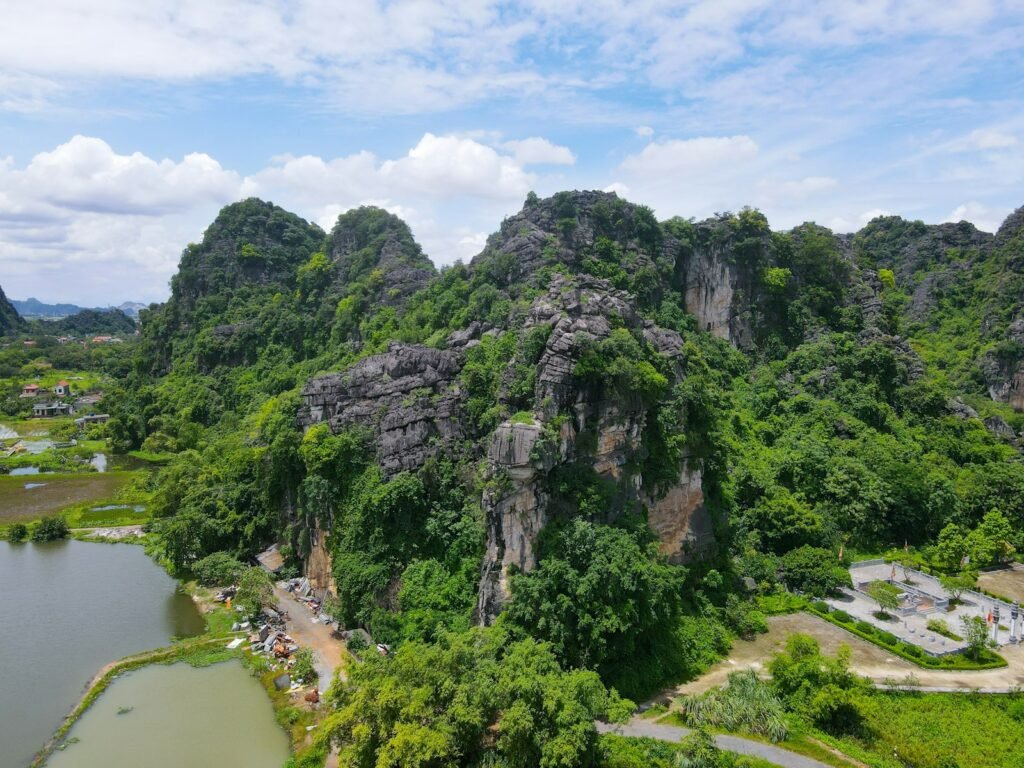Wildlife conservation has become a critical issue as human activities continue to threaten ecosystems worldwide. From deforestation to urban expansion, it’s imperative to devise innovative methods to protect the diverse species that inhabit our planet. While traditional conservation techniques provide a foundation, modern strategies are being developed to address the complexities of today’s environmental challenges. This article explores some of these groundbreaking approaches and their impact on preserving biodiversity.
Tech-Driven Solutions

Technology is at the forefront of modern wildlife conservation efforts. Drones, GPS tracking, and artificial intelligence (AI) are being employed to monitor wildlife populations, track the movements of animals, and identify poaching threats. For instance, drones equipped with thermal cameras can survey large areas for poachers without disturbing the animals. Similarly, AI algorithms analyze data from camera traps and satellites to differentiate between species and assess their population dynamics.
In addition to monitoring, technology helps in rapid response to poaching activities. Real-time data transmitted from GPS collars attached to endangered animals alert conservationists to unusual movements, potentially signaling a threat. This immediate response capability enhances the efforts of anti-poaching units.
Community-Based Conservation

Involving local communities in conservation initiatives is an effective strategy that benefits both wildlife and people. Community-based conservation empowers locals by providing them with the tools and knowledge to manage natural resources sustainably. These programs not only help reduce human-wildlife conflicts but also create alternative livelihoods such as eco-tourism, which generates revenue while preserving the environment.
Projects like the Community-Based Natural Resource Management (CBNRM) initiatives in Africa have shown success by granting communities the rights to manage and benefit from local wildlife. As a result, local populations have a vested interest in conserving those resources.
Conservation Genetics

Conservation genetics is a burgeoning field contributing significantly to wildlife preservation. By understanding the genetic diversity within a species, scientists can make informed decisions about breeding programs, translocations, and habitat restoration. Genetic studies help identify potentially harmful inbreeding in small populations and develop strategies to enhance genetic variation, crucial for the long-term survival of species.
Techniques such as DNA sequencing and genome editing hold promise for the future of conservation genetics. They can make restoration efforts more targeted and effective, providing a lifeline to endangered species.
Protected Area Networks

Establishing and maintaining protected areas is essential to wildlife conservation. These sanctuaries provide habitats where animals can thrive without human interference. However, the challenge lies in connecting these areas to allow safe migration corridors for wildlife, essential for maintaining genetic diversity and ecosystem health.
Projects such as the Yellowstone to Yukon Conservation Initiative (Y2Y) focus on creating interconnected habitats across vast landscapes. Integrating these corridors ensures species can move freely, adapting to environmental changes and finding new territories.
Policy and Legislation

Strong policies and legislation play a pivotal role in wildlife conservation. They provide the legal framework needed to protect endangered species and their habitats. International agreements like the Convention on International Trade in Endangered Species (CITES) regulate the trade of wildlife and their products, reducing illegal poaching and smuggling.
Moreover, national governments are encouraged to implement and enforce robust environmental protection laws. By harmonizing global and local efforts, policymakers can create a formidable defense against biodiversity loss.
Harnessing Public Awareness

Public awareness and education are vital components of any successful conservation strategy. When individuals understand the importance of biodiversity and the threats it faces, they are more likely to support conservation efforts. Education programs, social media campaigns, and wildlife documentaries help disseminate this knowledge, inspiring people to take action.
Non-governmental organizations and local communities often lead these initiatives, championing wildlife conservation and rallying public support for environmental causes.
Conclusion

The path to saving the wild is paved with innovation and collaboration. By integrating modern technology, fostering community engagement, leveraging genetic research, and enacting strong policies, we can create a future where wildlife and humans coexist harmoniously. While challenges remain, these innovative approaches offer hope for a resilient and biodiverse planet.




